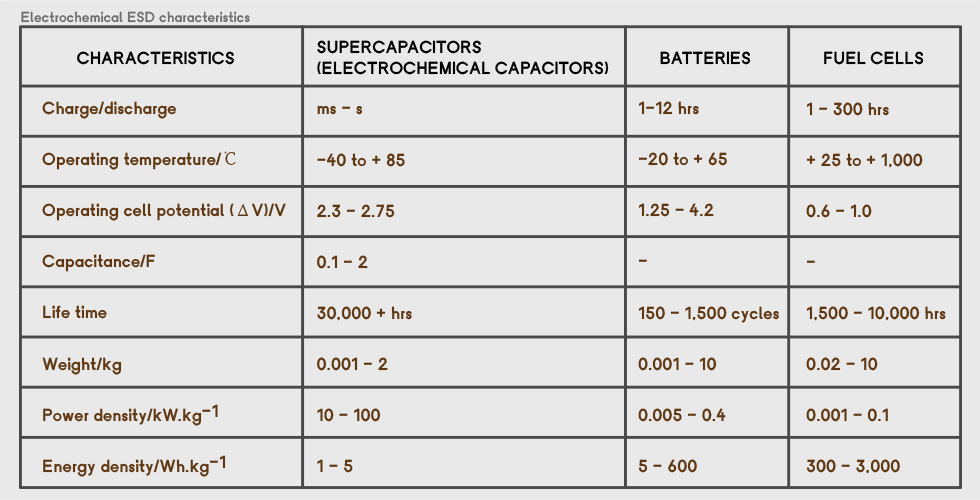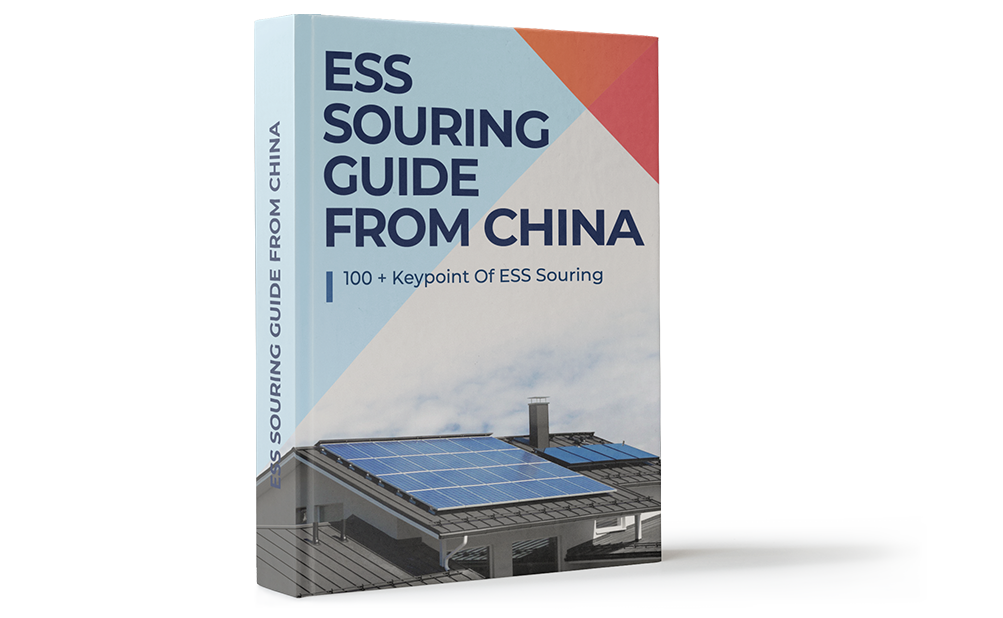Which energy is most commonly used in transportation? Oil is...
Read MoreWhat are the different energy storage devices?
Energy storage devices are systems that store energy in various forms, such as electrochemistry, kinetic energy, pressure, potential, electromagnetism, chemistry and heat energy; For example, fuel cells, batteries, capacitors, flywheels, compressed air, pumped storage, super magnets, hydrogen, etc. are used.
The main ESD standards required for specific applications are:
● Energy expressed in specific energy (in Wh. kg – 1) and energy density (in Wh. kg – 1 or Wh. l – 1).
● Electrical power (in W.kg – 1 or Wl – 1), i.e. the required electrical load.
● Volume and mass.
● Reliability
● Durability
● Safety
● Cost
● Recyclability
● Impact on the environment
These characteristics should also be considered:
● Specific power
● Storage capacity
● Specific energy
● Response time
● Efficiency
● Self discharge rate/charging cycle
● Sensitive to heat
● Charge discharge rate life
● Environmental impact
● Capital/operating costs
● Maintenance

Sourcing Guide Download

Make a Enquiry Today!
FAQ
What can you do to make your transportation energy use more efficient?
What are the three types of energy storage? Regular maintenance...
Read MoreWhat are the three types of energy storage?
What are the three types of energy storage? Battery. There...
Read MoreWhich mode of transportation needs the most care in packaging?
Which mode of transportation needs the most care in packaging?...
Read MoreHow is power generation stored and transported?
How is power generation stored and transported? Electricity itself cannot...
Read MoreHow to improve energy storage?
How to improve energy storage? Innovative materials can improve the...
Read MoreWhich energy storage efficiency is the highest?
Which energy storage efficiency is the highest? Energy storage in...
Read MoreHow do storage batteries work?
How do storage batteries work? Battery storage systems can be...
Read More